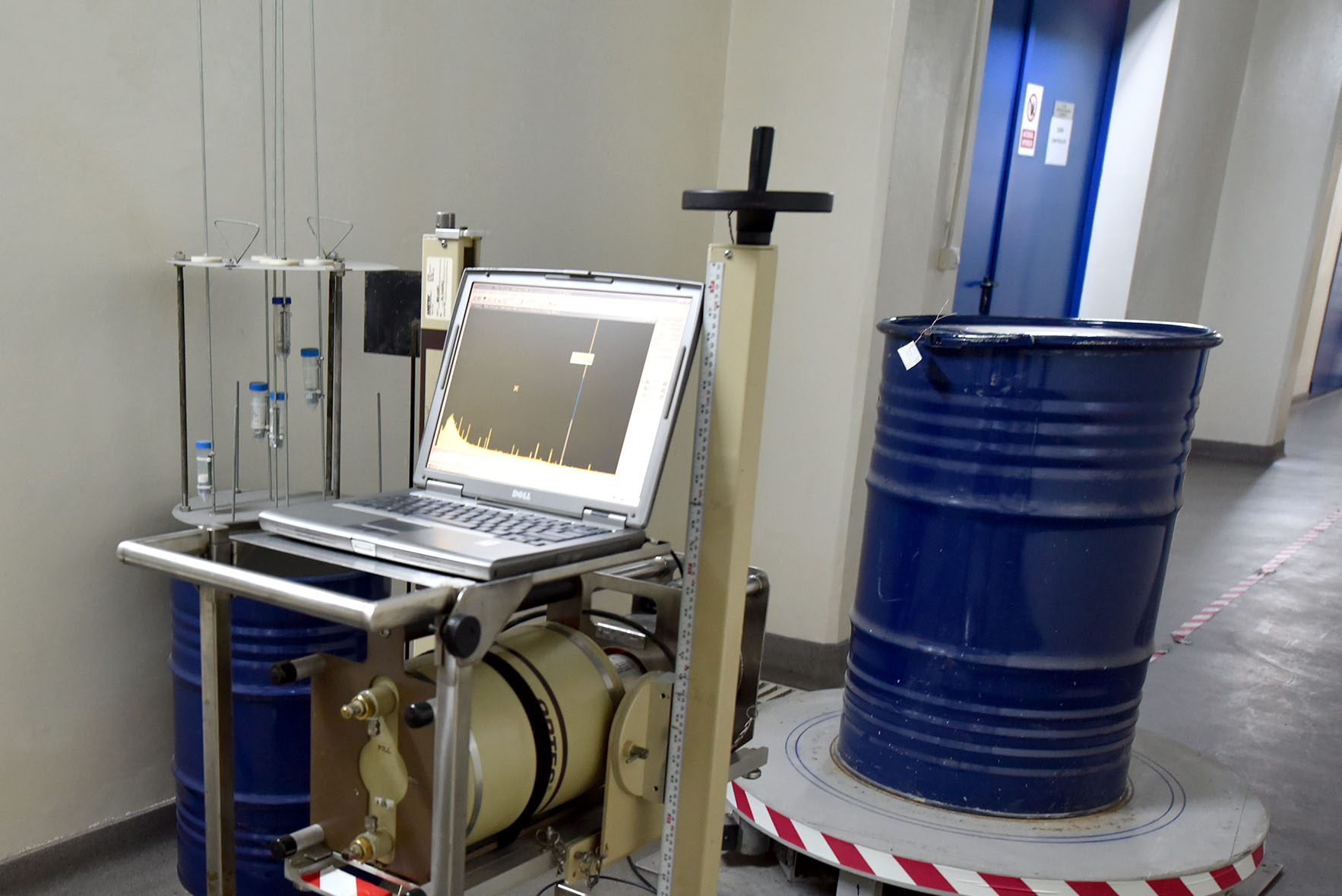
National Repository for Low and Intermediate Level Wastes Baita - Bihor
In 1985 was built and given in operation the National Repository for Low and Intermediate Radioactive Waste (DNDR) – Baita, Bihor county, sited in Apuseni mountains, in an old exhausted uranium mine. The repository is dedicated to institutional waste. Using the existing concepts at ’80 years level concerning the final disposal of the low and intermediate level radioactive wastes and rely on internal standards and international recommendations the underground constructions were dimensioned to dispose about 21000 drums. The site selection was based on preliminary studies concerning the geology, hydrogeology, seismic, meteorological and radioactivity of the area, and also on mining technical studies. The region relief is mountainous, with big slopes, conditioned by the geological structure of the area. The mountainsides are covered with deciduous woods up to 900-1000 m altitude and up to 1500 m coniferous.
In the technological disposal process is used bentonite, wood and cement brick. Bentonite is used as back-filling material and engineered barrier, taking in consideration his very good plasticity from deposited drums. Between the drums ranges are placed wood shuttering. When a gallery is filled up, is tight with cement bricks. These materials are paced neat the working area, inside the gallery. In present, in the DNDR galleries are finally dispose more than 6000 standard drums, which means about 30% of the repository capacity.
© Copyright 2021. All Rights Reserved. Horia Hulubei National Institute for R&D in Physics and Nuclear Engineering (IFIN-HH)
